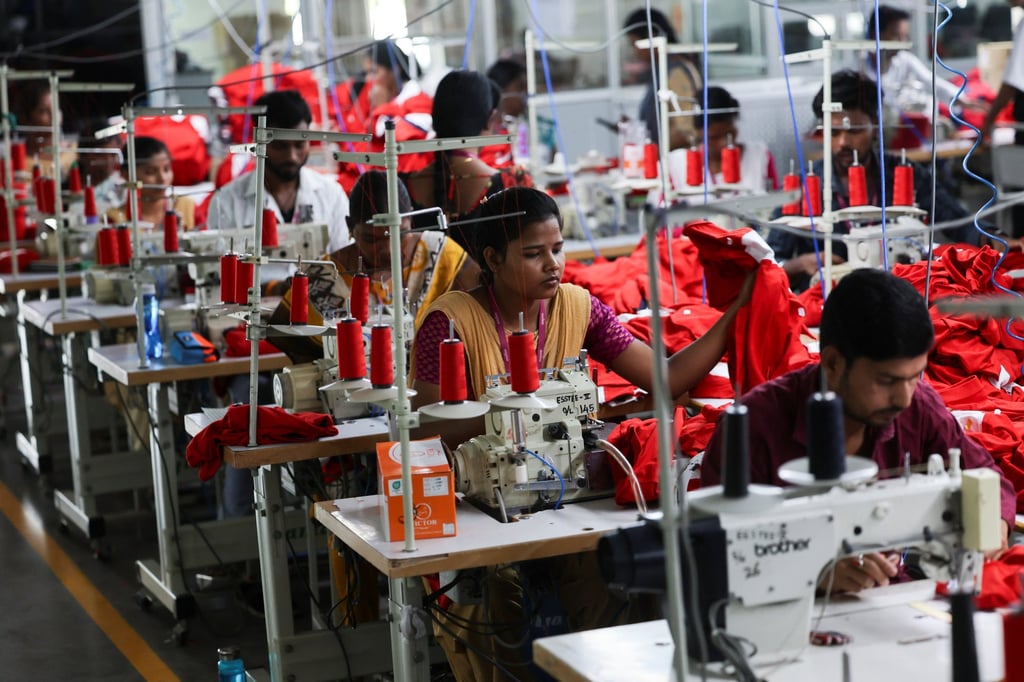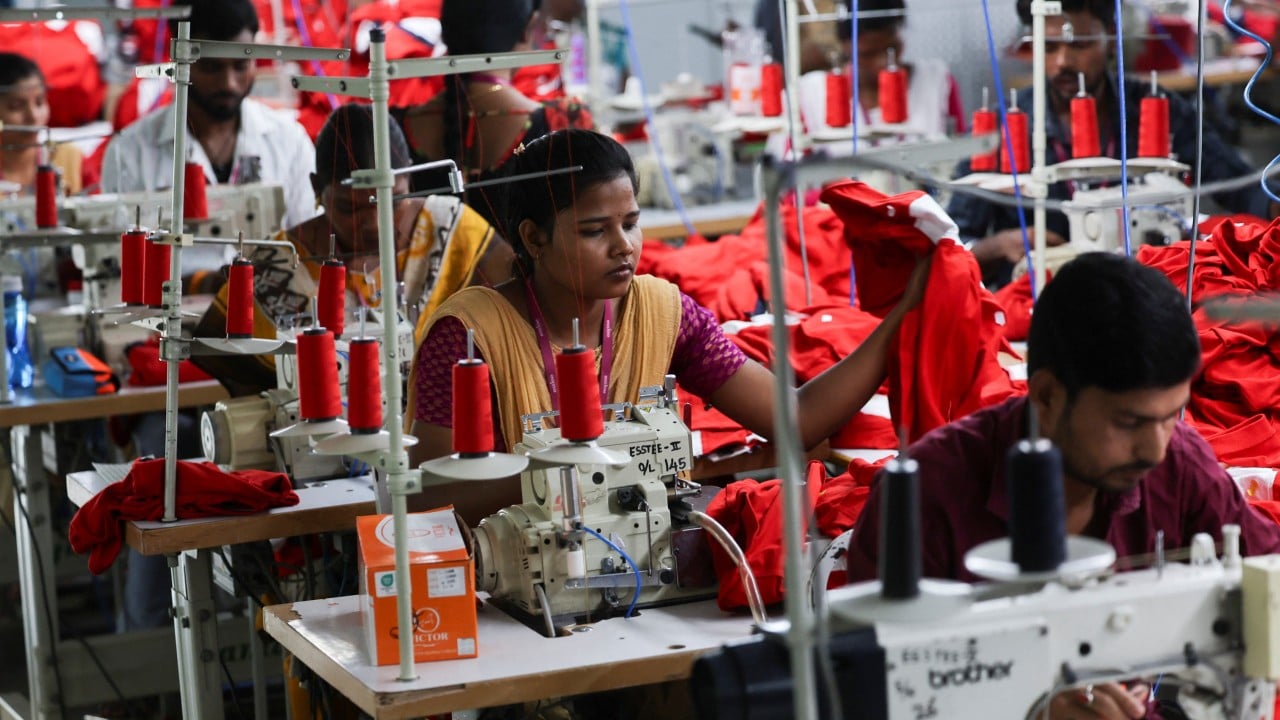Indian manufacturers are sounding the alarm over a growing influx of low-cost Chinese goods, from yarn and steel to toys and electronics, warning that they are being priced out of their own markets as Beijing redirects more exports away from the United States.
Advertisement
Despite the US and China agreeing to steep tariff reductions last week, analysts warn that years of trade tensions between the world’s two largest economies have already led to a flood of cheap Chinese goods in India and markets elsewhere, leaving local manufacturers struggling to compete.
Earlier this month, the South India Spinners Association reported that at least 50 small spinning mills in southern textile hubs like Pallipalayam, Karur, and Tirupur were facing production slowdowns. Many fear further cutbacks are now on the horizon as raw material imports from China, such as yarn, undercut prices in the domestic market.

The steel sector faces similar challenges. In December, executives from small and medium-sized steel mills, which account for 41 per cent of India’s total steel output, revealed that capacity utilisation had plummeted by nearly a third over the previous six months.
These mills, unable to match Chinese steel priced US$25 to $50 cheaper per tonne on average, have been forced to scale back operations and consider lay-offs, Reuters reported.
The origins of this upheaval can be traced back to the US-China trade war, which began in 2017 during President Donald Trump’s first term and continued under his successor Joe Biden. By 2024, China’s share of US non-oil goods imports had fallen by nearly 10 percentage points to 16 per cent, according to a report from financial services group Nomura published in April.
Advertisement
However, China’s global export share remained near an all-time high of 15 per cent, the report found, reflecting Beijing’s efforts to redirect surplus trade towards alternative markets.

